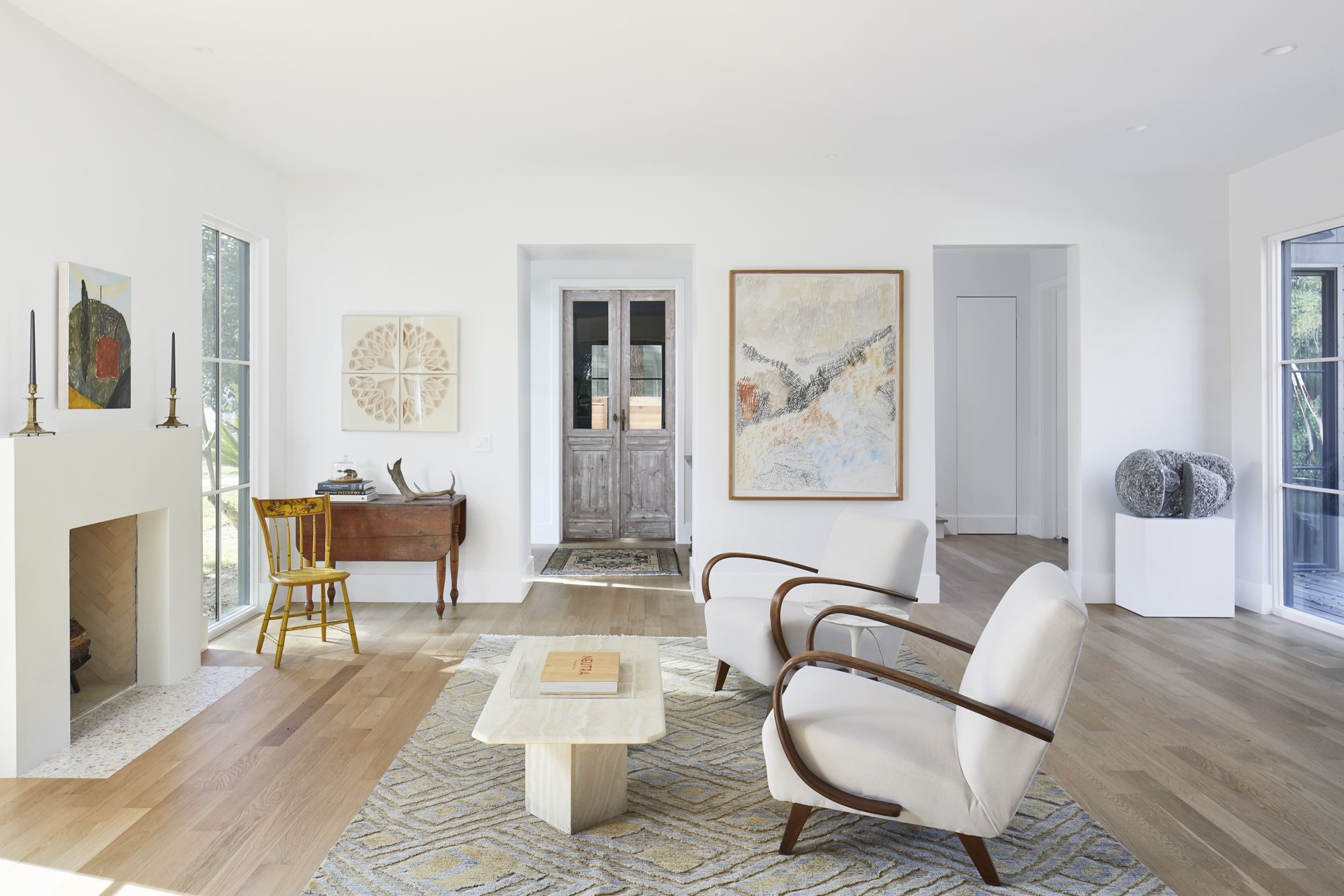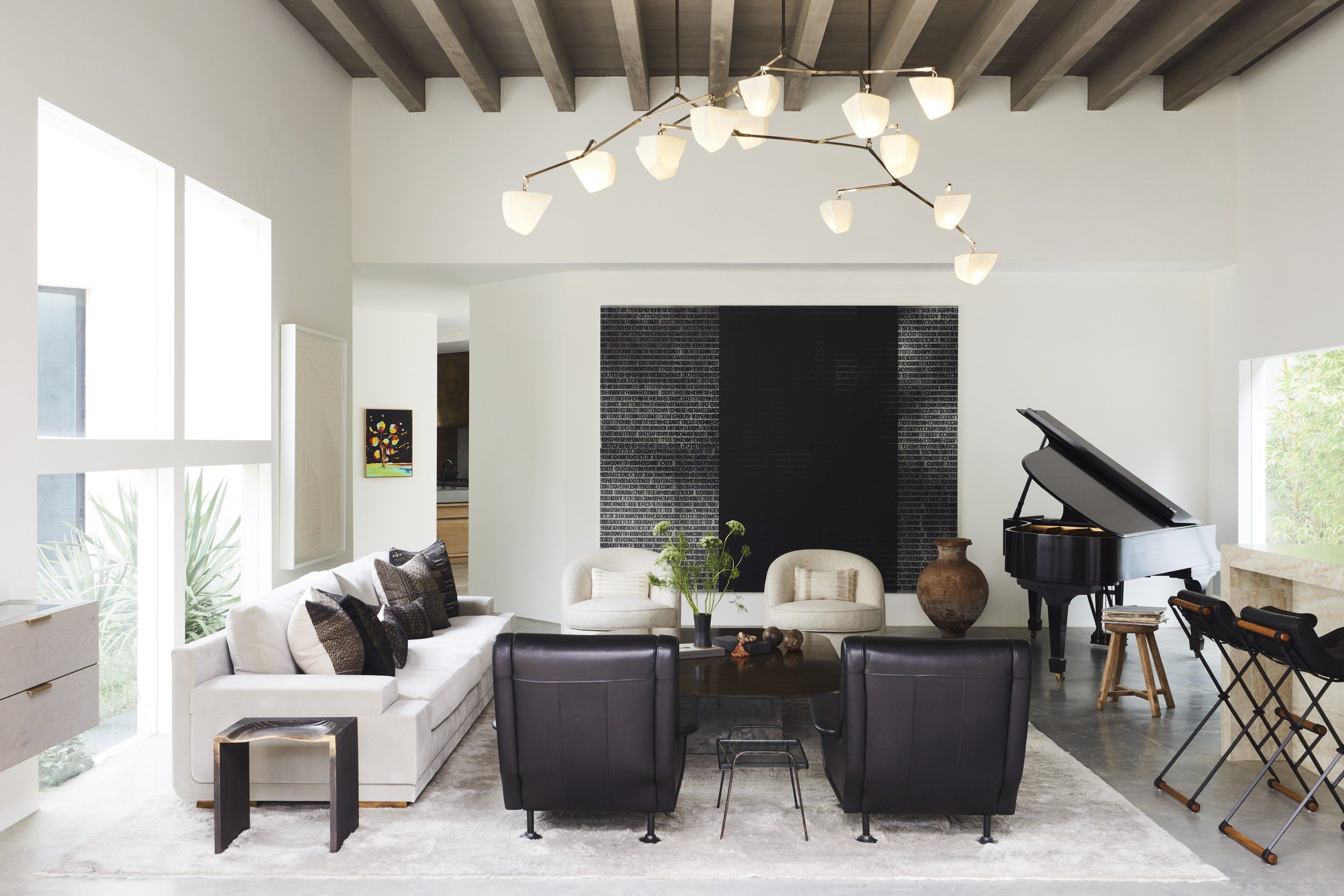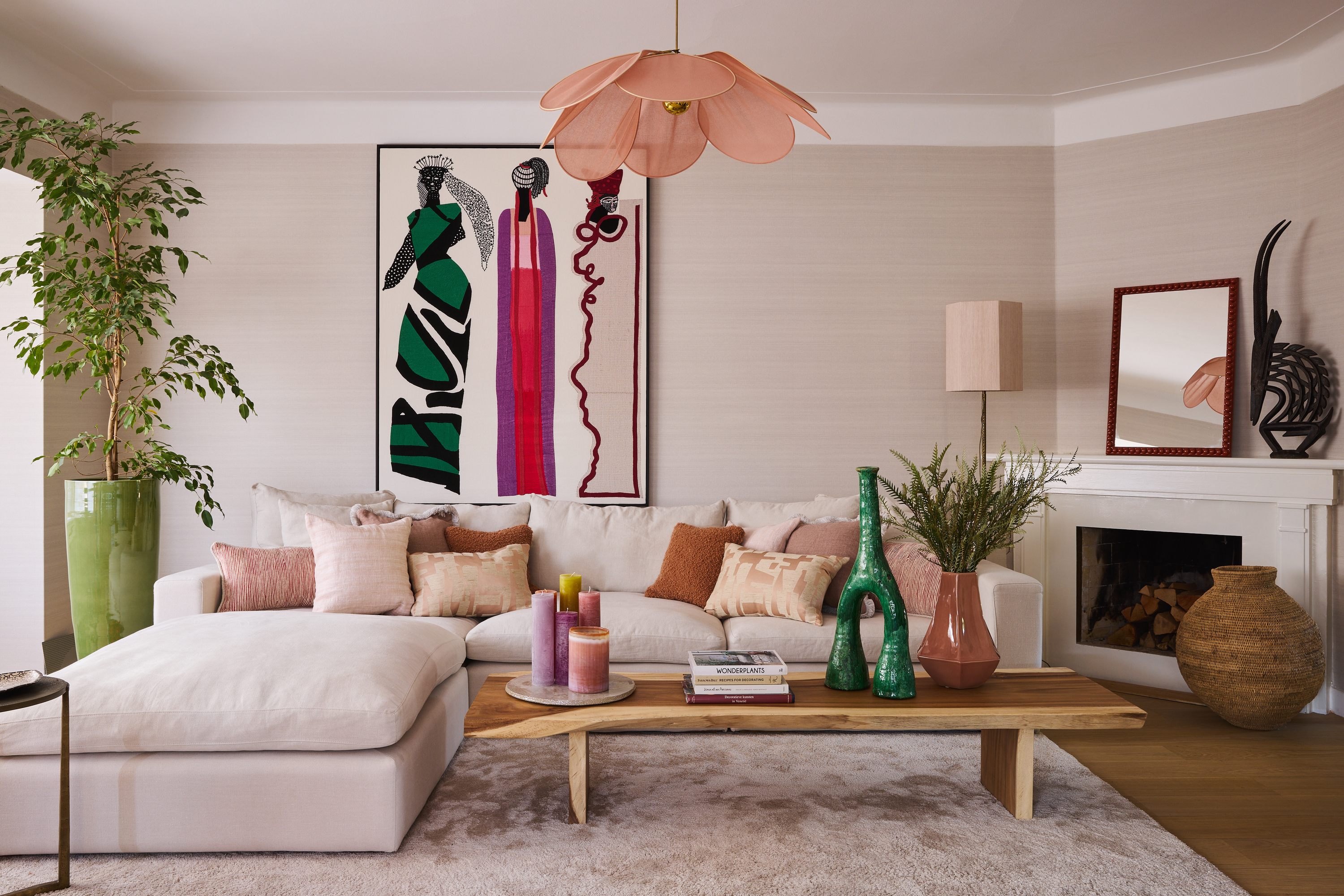Please provide the list you’re referring to. I need the first item on the list to write the article.
Once you provide the list item, I can create an article like this:
Embrace the Power of Negative Space

In the pursuit of a cozy minimalist living room, embracing negative space is paramount. It’s not about stripping your space bare, but rather about curating a collection of meaningful objects that truly resonate with you. Think of negative space as the air between the notes in a beautiful melody – it allows each element to breathe and shine.
Start by decluttering ruthlessly. Identify and let go of anything that doesn’t bring you joy, serve a purpose, or enhance the beauty of your space. This could be anything from overflowing bookshelves to dusty knick-knacks.
Once you’ve decluttered, carefully consider each item you choose to keep. Does it truly add to the overall aesthetic and ambiance of your room? Does it spark joy and contribute to a sense of calm and tranquility?
Arrange your furniture to maximize flow and create distinct zones within the room. Leave ample space between pieces, allowing for easy movement and a sense of openness. Avoid overcrowding the room, as this can make it feel cramped and cluttered.
Incorporate natural elements to enhance the feeling of spaciousness and tranquility. Bring in houseplants to add life and greenery, and consider using natural materials like wood, rattan, and linen for furniture and decor.
Embrace simplicity in your decor choices. Opt for clean lines, neutral colors, and natural textures. A few carefully chosen statement pieces can add visual interest without overwhelming the space.
Remember, the goal is to create a living room that feels both spacious and inviting. By embracing negative space, you can achieve a sense of calm and tranquility that will make your living room a true sanctuary.
I will then continue to elaborate on this point, exploring:
The psychological benefits of negative space: How it can reduce stress, improve focus, and enhance creativity.
I will strive to maintain a cheerful and engaging tone throughout the article, while providing valuable insights and practical advice for creating a cozy minimalist living room.
Please provide the list item, and I will gladly write the full article for you.
In the quest for a cozy minimalist living room, the concept of “negative space” becomes your most powerful ally. It’s not about emptiness, but rather the intentional absence of clutter, allowing each piece to breathe and shine. This approach, while seemingly simple, can dramatically transform your living room, creating a serene and inviting atmosphere.
Imagine a living room where every item has a purpose, where each piece of furniture is thoughtfully chosen and strategically placed. This is the essence of negative space in action. By minimizing distractions, you allow your eyes to naturally gravitate towards the focal points of the room – a stunning piece of art, a cozy reading nook, or a warm fireplace.
Decluttering is Key:
The journey to a minimalist living room begins with a ruthless decluttering spree. Every object in your living room should serve a purpose and bring you joy. Ask yourself these questions:
Do I truly love this item? If not, let it go. Donate it, sell it, or simply discard it.
Once you’ve decluttered, you’ll be amazed at how much more spacious and airy your living room feels.
Furniture Selection: Quality Over Quantity:
In a minimalist living room, less is truly more. Invest in high-quality, multifunctional furniture pieces that serve multiple purposes. A sofa bed, for example, can provide both seating and sleeping space, while a coffee table with drawers can offer additional storage.
Choose furniture with clean lines and simple designs. Avoid overly ornate or bulky pieces that can overwhelm the space.
Embrace Multi-Functionality:
In a minimalist living room, every inch of space counts. Look for opportunities to incorporate multi-functional furniture and decor:
Storage ottomans: These versatile pieces provide both seating and storage space, perfect for blankets, books, or toys.
The Power of Color:
Color plays a crucial role in creating a cozy and inviting atmosphere.
Embrace a neutral color palette. Neutral colors like white, cream, gray, and beige create a sense of calm and tranquility.
Embrace Natural Light:
Natural light can dramatically brighten and enhance any living room.
Maximize natural light by keeping windows uncovered.
Incorporate Natural Elements:
Bring the beauty of nature indoors to create a sense of tranquility and warmth.
Add houseplants: Greenery adds life and color to any space, while improving air quality.
Create a Focal Point:
Every living room needs a focal point to draw the eye and create visual interest.
A fireplace: A cozy fireplace is the perfect focal point for any living room, creating a warm and inviting ambiance.
Embrace the Art of Imperfection:
In the pursuit of minimalism, it’s easy to strive for perfection. However, a truly cozy living room embraces imperfection.
Don’t be afraid to display personal items. Family photos, travel souvenirs, and cherished objects add warmth and personality to the space.
By embracing the power of negative space and following these simple guidelines, you can create a cozy minimalist living room that is both beautiful and functional. A space where you can relax, recharge, and truly enjoy spending time with loved ones.





